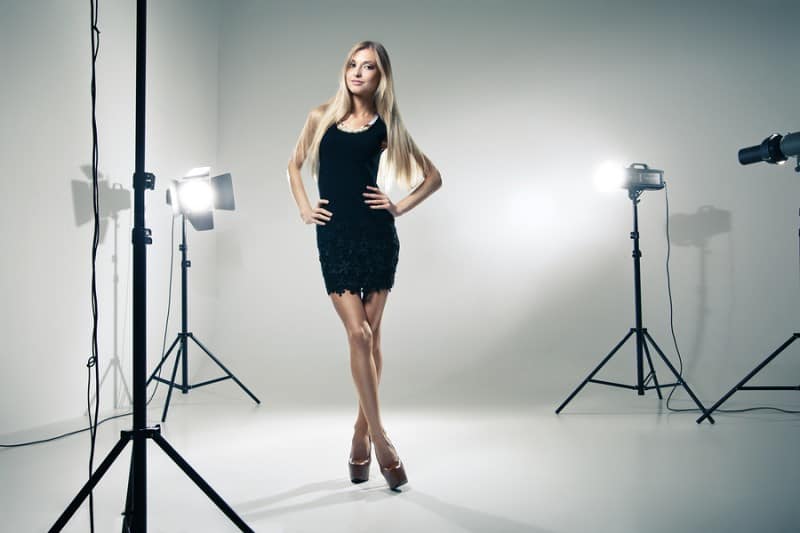Last Updated on January 13, 2019
Unless the space where you’re shooting has large windows that let in natural light, chances are you will be dealing with an assortment of lighting. Photographs taken indoors have a tendency to look all wrong, which is why indoor photography can leave you feeling frustrated. However, there is always a fix to photography problems. Here are some indoor photography tips you can put to good use:
Learn how to manually set white balance
The goal of white balance is to get a close approximation of what your eyes see and represent that in a photograph. Sure, your camera comes with a couple of preset white balance modes, but they only work if you are dead certain of your lighting. Since that will not always be the case, it is important that you know how to customize white balance. Plus, manually setting white balance saves you time doing post-processing work.
You can customize white balance by using an 18% gray card. Fill the frame with it and take a photo. Check the exposure using the histogram feature, which should have a solid spike in the middle. You can then set that image as the custom white balance.
Avoid using the on-camera flash
As tempting as it is to use on-camera flash to “improve” the output, doing so creates a washed out look. But if you really do need to use flash, opt for a hotshoe-mounted flash instead. For best results, bounce or diffuse the flash to get the best results. Then again, a lot of the newer cameras these days have really high ISO ranges so they tend to perform well even in low-light situations.
Get the composition right
Look at elements you can make use of when indoors. For instance, lines abound when shooting in a subway station which allows you to “lead” viewers in many different ways. So whenever you’re shooting indoors, first take a good look at the architectural lines that you can incorporate into your photos. Doing so allows you to create photos with really strong composition.
Use judgment when it comes to the small details
It’s difficult to meticulously arrange things when there is only a certain amount of time allotted for an indoor shoot. Will your photo look better if one of the picture frames is crooked or should go straighten it out before taking a photo? Should there be a pen and paper on the desk for a portrait shot? If it doesn’t make sense for items to be there then it’s best to quickly remove them from the shot.
Be very careful with reflective materials
Sometimes, they are fixed features that you have to deal with. Luckily, a circular polarizer can solve any woes related to reflective and glass objects. You might have to open up the aperture or increase the ISO to get the results you want. Plus, make sure that you don’t appear in the reflection of shiny items.
Indoor photography can be a challenge, so hopefully the tips presented here can help you practice and become even better.
Submit your review | |



